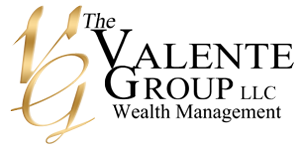Leasing is a Practical Option – Find out How
Leasing equipment involves more than an agreement that is decided between two parties for using the aforementioned equipment for a specific period of time. You have to shell out a certain sum too, which is the payment for the lease. There has been quite a lot of debate if you should own the equipment or lease it, but you need to remember that the use of equipment will get profits, not the ownership. You also have the freedom to take your pick when it comes to the equipment and the supplier.
Leasing – does it cost more?
This isn’t an answer that can be summed up in “yes or no”. A leasing company analyses the current mortgage rates and then compute your interest deduction and depreciation, to arrive at a figure that a loan might cost you (your net cost after tax). Competitive pricing is set while factoring within the higher deductions made available from the lease, thereby setting similar net costs. It all depends on the timing and interest rates.
Borrowing from traditional bank
Leasing is not the same when you borrow from a bank or financial institution. When you opt for the latter, you are lessening your line of credit with the source and thus removing to be able to draw from those places sometime soon. A bank also needs a down payment comprising 20% – 25%, and is liable to demand more collateral for securing the money. There is no advance payment required if you lease the equipment since the leasing involves 100% financing.
Charges associated with the lease
Depending on which state you live in, a sales/use tax is generally levied on the monthly lease payments. This sum is mentioned in the monthly invoice for lease payments as well as a personal property tax charged by the county within the equipment. At the beginning of the lease, a one time credit and documentation processing fee is required.
Cancellation and end of lease conditions
A lease can’t be cancelled till the full term is over. But you can choose to add more equipment during the term, which involves drafting out a fresh lease to suit your requirements. The existing lease is repaid and the structuring of the new lease is for the total from the payoff that includes price of equipment that is brand new. Once you reach the end of the lease, you can return the equipment or renew your contract to continue paying the same monthly rate.
Leasing isn’t all that complicated, you just have to know how it works in different scenarios and with fluctuating interest rates. Brush up your negotiation skills too so you can set a reasonable monthly rate for the equipment.


